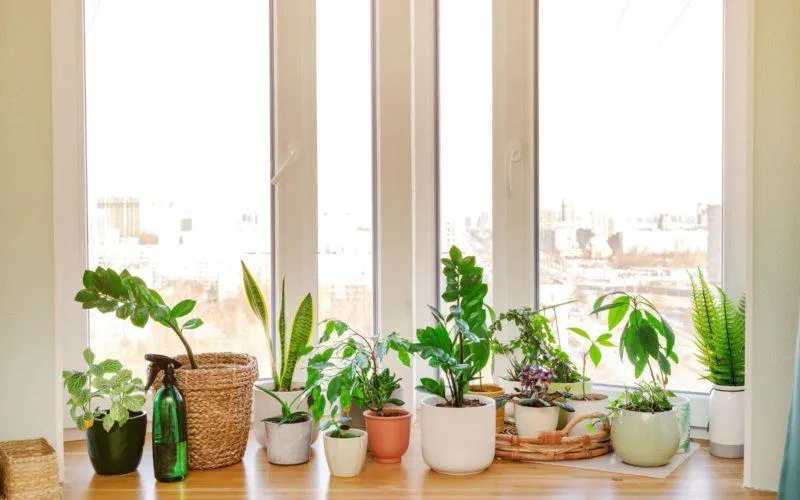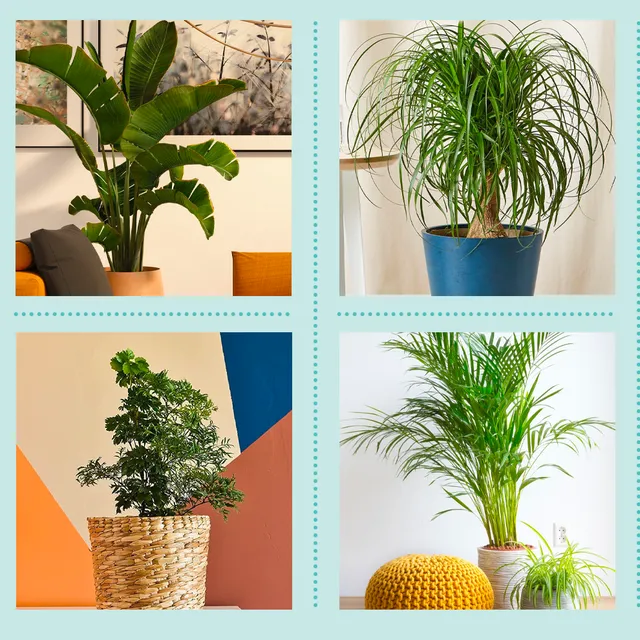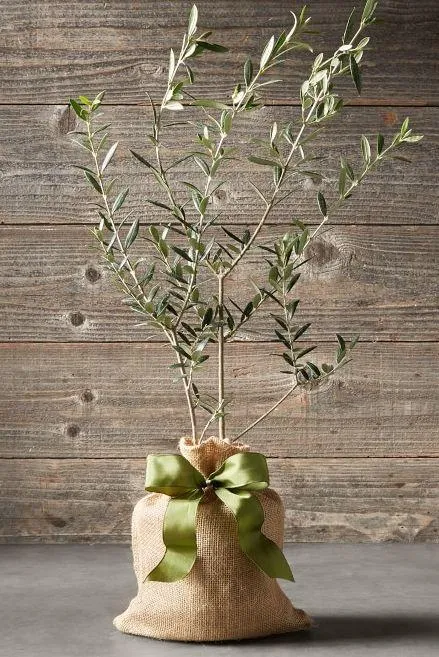How to Successfully Grow Indoor Trees in Indirect Light
If you’re hoping to add some greenery to your home but don’t have direct sunlight, growing indoor trees in indirect light is definitely possible with the right choices and care. In this article, I’ll cover everything you need to know to select, plant, and maintain trees that will thrive in low-light indoor conditions.
Choose the Right Tree Species
Not all trees are suited for growing inside with indirect sunlight. Your best options are those classified as low-light plants. Some top choices include:
- Chinese evergreen (Aglaonema commutatum) – With its vibrant leaves in shades of green, crimson, and pink, the Chinese evergreen thrives in low-light environments. It grows well in indirect light near windows.
- Ponytail palm (Beaucarnea recurvata) – With its tall, slender trunk topped with a puff of stiff leaves, the ponytail palm has a unique, palm tree-like appearance. It tolerates very low light.
- Corn plant or dracaena (Dracaena fragrans) – Available in various cultivars with solid green, striped, or variegated leaves, dracaena is extremely adaptable to indoor conditions and low light levels.
- Rubber plant (Ficus elastica) – Known for its thick, glossy leaves, crinkled or straight edged, the rubber plant grows well with minimal light. Make sure not to overwater.
These trees share several traits that make them well-suited to the limited light inside homes. They have thick, waxy leaves that prevent moisture loss, grow at a slow pace, and are very resilient to adversity – so they can get along fine without much sun exposure.
Prepare the Planting Area
Now that you’ve selected a low-light tree, it’s time to prep its future home. Indirect sunlight means an area that receives ambient light from a nearby window but is not in direct rays. South- or west-facing windows usually provide the brightest filtered light.
The soil is crucial too. Most houseplant potting mixes sold at garden centers work well. Make sure the soil drains efficiently to prevent root rot from overwatering. Place the tree pot a few inches back from the window so it gets dappled light throughout the day.
Care for Your Indoor Tree
Proper care is key to keeping your low-light tree healthy and happy inside. Here are some tips:

- Water when the top inch of soil is dry. Apply enough water so it drains out the bottom of the pot.
- Fertilize occasionally in spring and summer with a diluted liquid houseplant food.
- Dust leaves periodically to remove soil and maintain photosynthesis. Wipe with a damp cloth as needed.
- Repot in fresh soil every 2-3 years or when the root ball fills the pot for good drainage and growth.
- Rotate the tree monthly a quarter turn to encourage even growth from all sides of the plant.
- Prune off any browning or diseased leaves or branches to keep the plant looking its best.
With the right amount of indirect sunlight, sufficient moisture, and regular care, your indoor tree should thrive for years to come. Patience is key, as these plants grow slowly inside. But their lush foliage makes a lasting impact!
Deal with Problems that May Arise
No plant is completely trouble-free. You may encounter occasional issues with your indoor tree. Here are some common problems and solutions:
- Leaf browning or dropping: This indicates over- or under-watering. Adjust watering as needed until the problem resolves.
- Yellowing leaves: May signal nutrient deficiency. Fertilize per package directions to boost growth.
- Pests like spider mites or mealybugs: Isolate the plant and treat with neem oil or insecticidal soap. Watch for new growth afterward.
- Slow growth: Increasing indirect light and fertilizer may help if the tree seems stagnant. Also check for potbound roots.
- Leaf or stem damage: Inspect for possible causes like pets, drafty areas, or injury. Prune away torn areas with clean shears.
Most issues occur due to cultural factors that you can adjust. With some trial and error, you’ll learn exactly what each tree variety needs to stay healthy inside your home for the long haul. Don’t get discouraged – that’s all part of the process!
Tips from My Personal Experiences
I’ve kind of always been into plants, even as a kid. From my experience over the years growing all sorts of greenery indoors, low-light trees definitely require some patience but are so worth it. Here are a few lessons I’ve learned:
- Don’t freak out over the occasional leaf drop. As long as new growth is occurring, your tree is probably fine.
- Rotating the pot helps create an even shape. I nearly ruined one tree’s form by not turning it!
- Dusting leaves regularly is crucial. I once had a major spider mite infestation that was a real pain to treat.
- Catching problems early makes a big difference. Yellowing leaves on my dracaena spread fast until I noticed and upped the fertilizer.
- Believe it or not, I’ve had good results chatting with my plants now and then. Maybe it’s the positive vibes that keep them perky? Who knows! But it seems to work.
The bottom line in my experience is that low-light indoor trees are definitely doable with some tailored care. I hope these tips help you grow beautiful greenery even without a ton of natural sunlight. Feel free to experiment and see what methods your own plants respond best to. That’s half the fun!
Reader Questions Answered
I tried to address the most common concerns someone might have when considering indoor trees in low light. But please feel free to ask if you have any other questions! It would be my pleasure to assist further.

Q: How long do these trees typically live indoors?
A: Most low-light tolerant indoor trees can live for several years with proper care. Exact lifespans vary by species – for example, a Chinese evergreen may thrive indoors for 5-10 years, while a rubber plant could potentially outlive you at 20+ years! Proper light, moisture, fertilizing and pruning all help maximize their longevity.
Q: Can these trees be planted outdoors in the summer for more light?
A: It’s definitely possible to seasonally acclimate many indoor tree varieties to the outdoors when warm weather arrives. But do so gradually to harden them off – start with only a few hours in dappled shade, then gradually increase sun exposure over 2-4 weeks. Be sure to move the plant back indoors before nighttime temps routinely drop below 50°F. The transition could shock more delicate varieties.
I hope these responses covered your main questions! Let me know if any other issues come up as you plan and care for your indoor trees. Good luck, and happy growing!
Choosing an Indoor Tree for Indirect Lighting

| Tree Type | Light Needs | Size | Watering | Special Care |
|---|---|---|---|---|
| Parlor Palm | Medium | Up to 6 ft. | Let soil dry out between waterings. | Prone to spider mites. Wash leaves regularly. |
| Chinese Evergreens | Low | Up to 4 ft. | Allow soil to dry slightly between waterings. | Susceptible to mealybugs. Inspect regularly. |
| Dumb Cane | Low | Up to 6 ft. | Let soil dry out between waterings. | Toxic to pets if eaten. Keep out of reach. |
| Peace Lily | Medium | Up to 3 ft. | Water when top inch of soil is dry. | Thrives with high humidity. Mist leaves. |
| Snake Plant | Low | Up to 3 ft. | Allow soil to dry out between waterings. | Tolerates low light. Water infrequently. |
FAQ
-
Does indoor tree need direct sunlight?
No, an indoor tree does not need direct sunlight. Most indoor trees can grow and be healthy with only indirect light from a window. Direct sun can burn the leaves of an indoor tree pretty easily.
-
What types of trees do well with indirect light?
Several varieties of trees will grow nicely with just indirect light. Bamboo palms, peace lilies, and pothos vines are examples of indoor trees that basically like shade more than direct light.
-
How close should an indoor tree be to a window?
An indoor tree should be positioned somewhat near a window to get enough daylight, but it does not need to be right up against the glass. About three to five feet away from the window is generally a good spot. At the same time, being too close to the window can expose the tree’s leaves to sudden temperature changes.
-
Is any direct sunlight okay for an indoor tree?
Getting some direct sunlight each day is actually beneficial for most indoor trees. Maybe an hour or two of morning or evening sun is sufficient, kind of like a vitamin supplement. Too much intense midday sun can scorch the leaves though.
-
What happens if an indoor tree gets too much sun?
If an indoor tree is placed in a spot with strong afternoon sun, the leaves may receive sunburn damage over time. The edges of the leaves will appear scorched and crispy. The tree will not necessarily die from too much sun exposure, but its health and appearance will likely suffer. So it’s better to err on the side of not enough light versus too much direct sun.
-
How long can an indoor tree survive without any direct sun?
Most indoor trees can live for several years with only indirect light from a window. However, a lack of any direct sunlight may cause the tree to grow more slowly or become leggy as it stretches for light. It’s fairest to give the tree at least an hour of morning or evening sun a few times a week for best growth, Unless it’s a species that truly does better in very low light conditions like shade.

-
When should I move an indoor tree to a sunnier spot?
If an indoor tree has been in a spot with only indirect light for a long time, it’s best to gradually introduce it to more direct light. Suddenly moving a low-light tree into the hot afternoon sun could possibly shock it. Over the course of a few weeks, place the tree in a slightly brighter spot for short periods each day.
